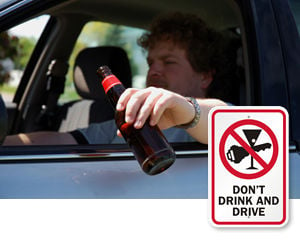How to Prevent Claims for Tow Truck Operators
As a tow truck operator, it's important to take proactive measures to prevent claims and reduce the risk of accidents and damage to vehicles. Here...
Most roofing companies address fleet safety within their overall written safety program. However, as I’ve seen the number and severity of auto accidents increase over the years, I always recommend putting the fleet safety items into their own document to draw attention to the importance of each item. So what goes into a Fleet Safety Program? One essential element is establishing written policies and procedures, which sets clear, consistent expectations. Another crucial element is formalizing a plan for vehicle inspection, repair, and maintenance, which can help reduce costly, unexpected breakdowns and can assist in avoiding accidents due to faulty equipment. Managing drivers on an ongoing basis is also important in ensuring that they are following fleet safety rules and driving safely.
Implementing a robust fleet safety program involves incorporating various elements to ensure driver safety, minimize accidents, and safeguard both drivers and the public. One crucial aspect of such a program is thorough driver training and education on safe driving practices, defensive driving techniques, and adherence to traffic laws. Regular vehicle maintenance checks and inspections are also essential to keep the fleet in optimal condition and prevent mechanical failures that could lead to accidents. Additionally, coaching workflows can be an essential element of a fleet safety program, allowing fleet safety managers to actively engage with drivers to correct persistent unsafe behaviors. With prioritized tasks and a streamlined interface, managers can make a positive impact with every coaching session.
Utilizing telematics technology can provide real-time monitoring of driver behavior, vehicle speed, and location, allowing fleet managers to identify risky driving habits and take corrective action promptly. Implementing strict policies on distracted driving, fatigue management, and alcohol/drug use can further enhance safety measures within the fleet.
Incorporating incident reporting procedures and conducting thorough investigations after accidents can help identify root causes and implement preventive measures to avoid similar incidents in the future. Additionally, promoting a culture of safety within the organization through recognition programs, incentives for safe driving practices, and open communication channels can encourage drivers to prioritize safety at all times.
By combining these elements into a comprehensive fleet safety program, companies can create a safer environment for their drivers, reduce accident rates, lower insurance costs, and uphold their commitment to protecting both employees and the public on the roads.

As a tow truck operator, it's important to take proactive measures to prevent claims and reduce the risk of accidents and damage to vehicles. Here...

Alcohol-Impaired Driving (DWI/DUI Laws by State

Promoting Safety in an Aging Workforce